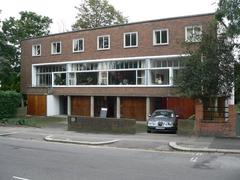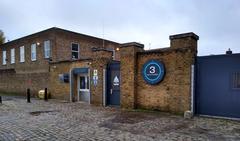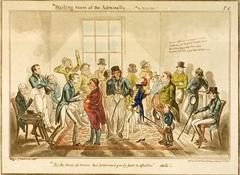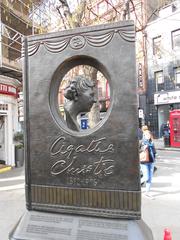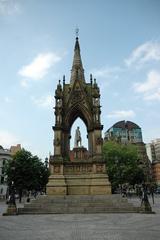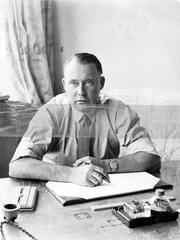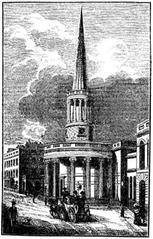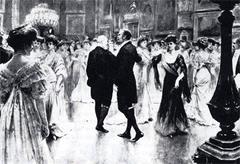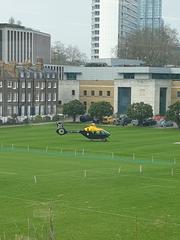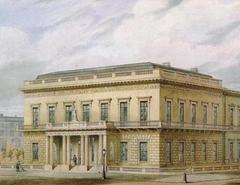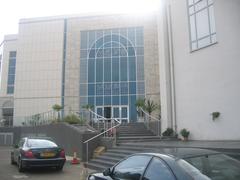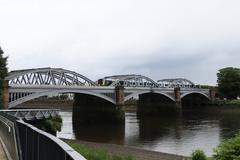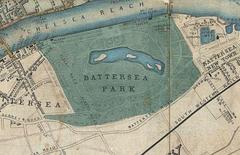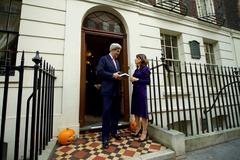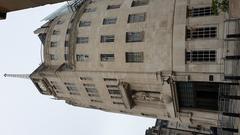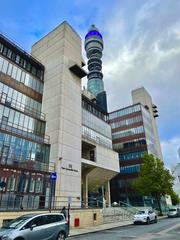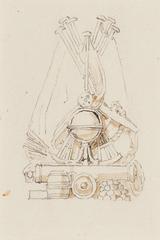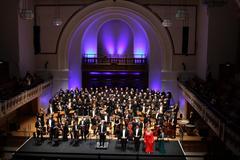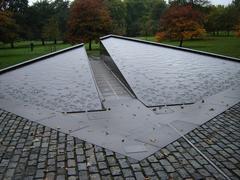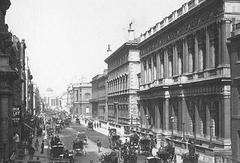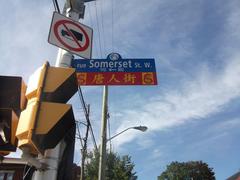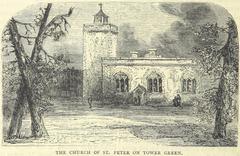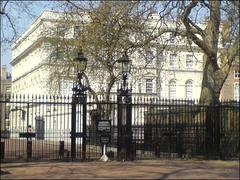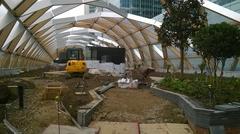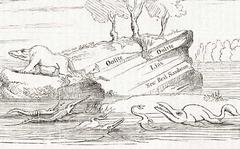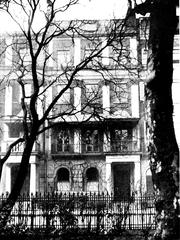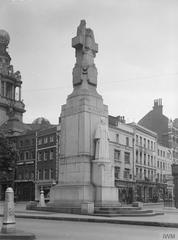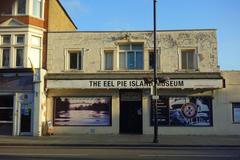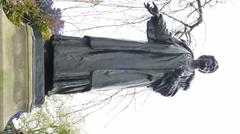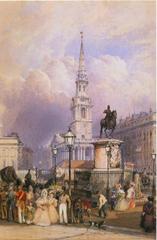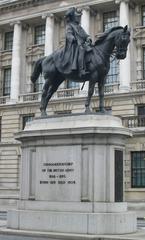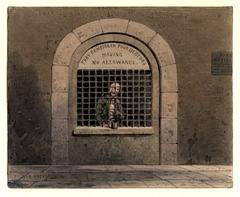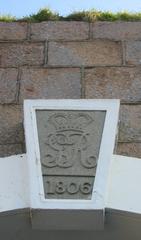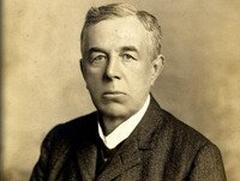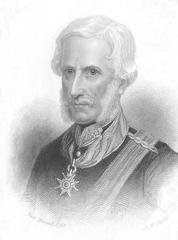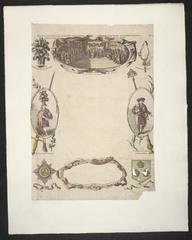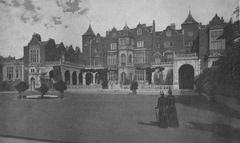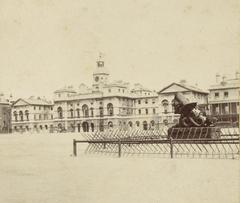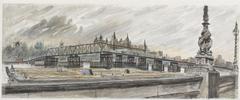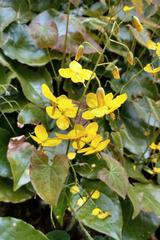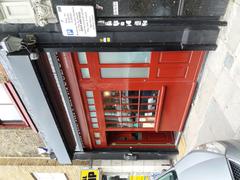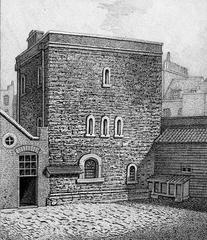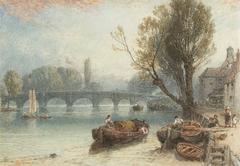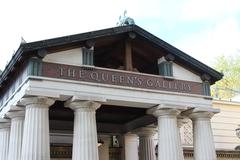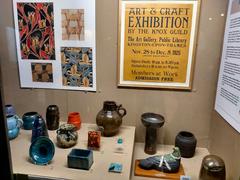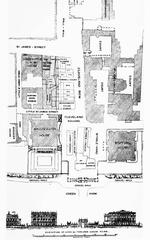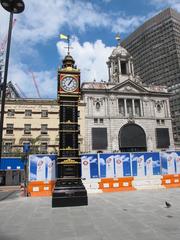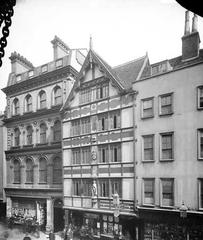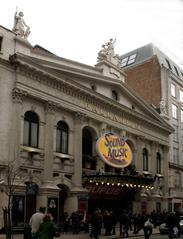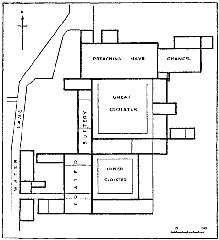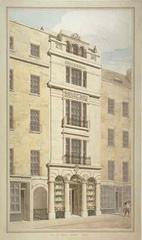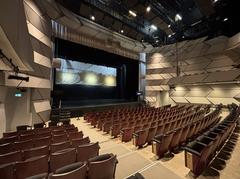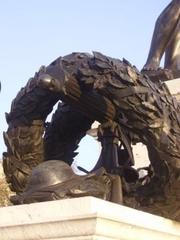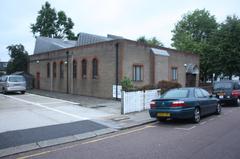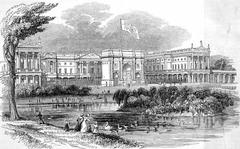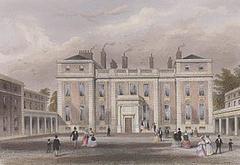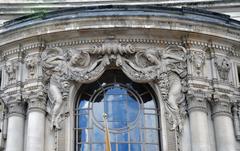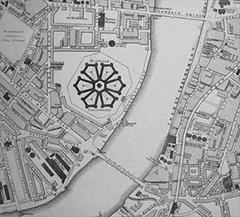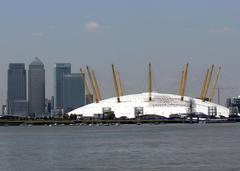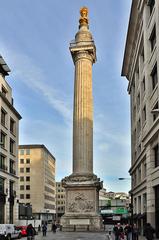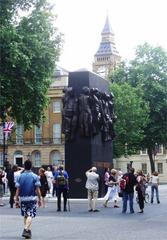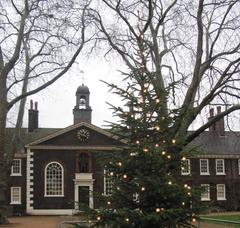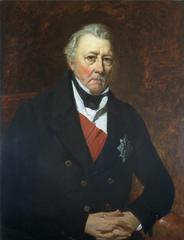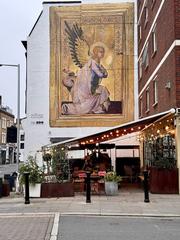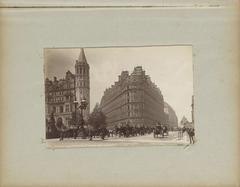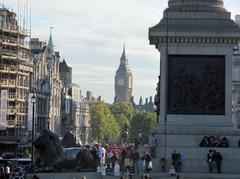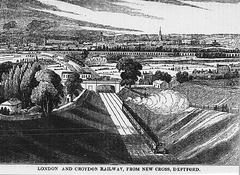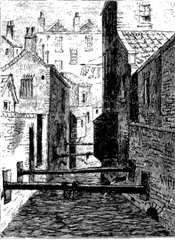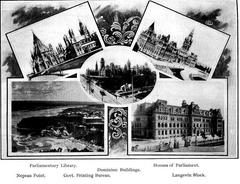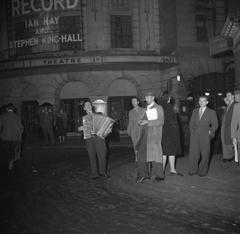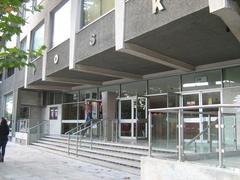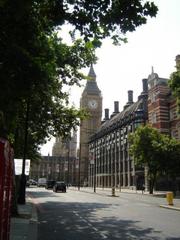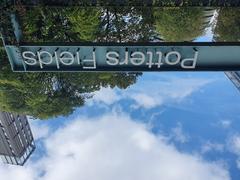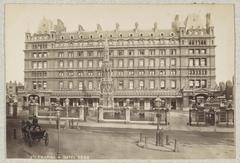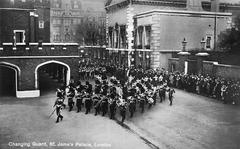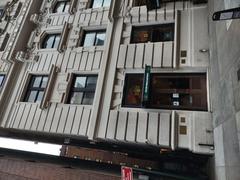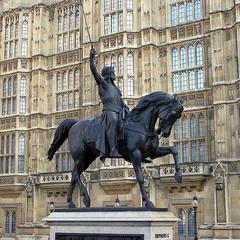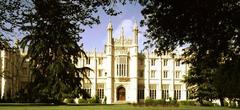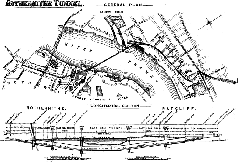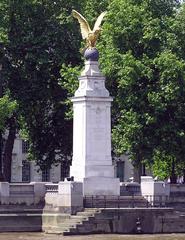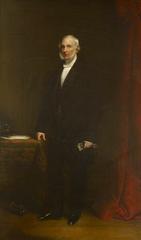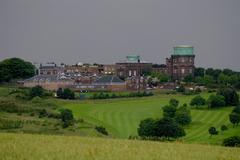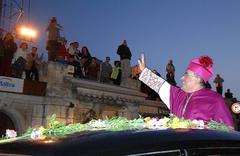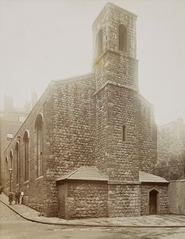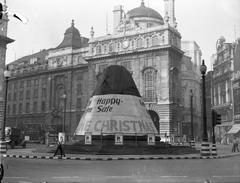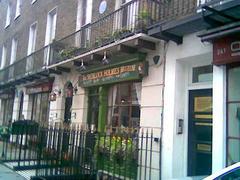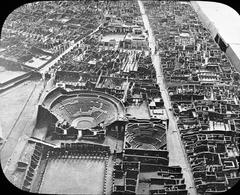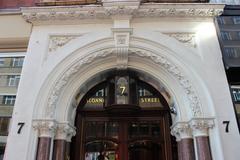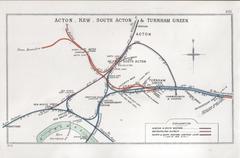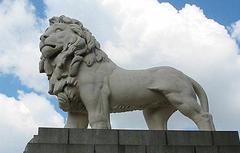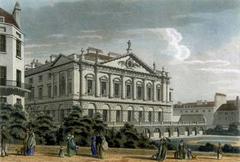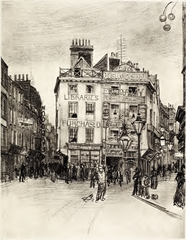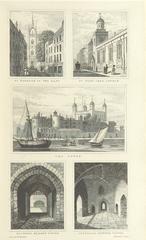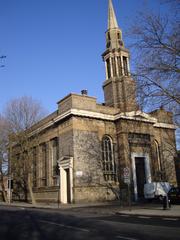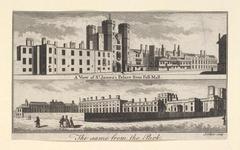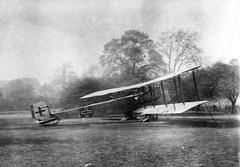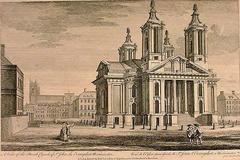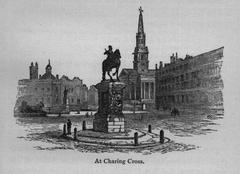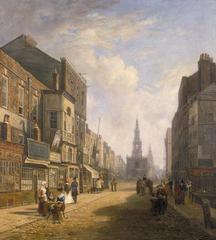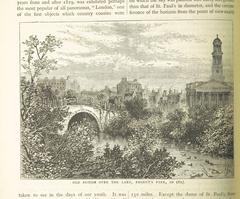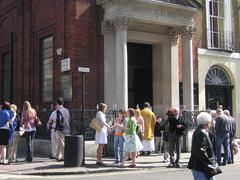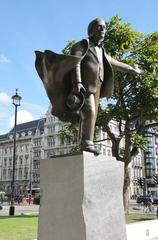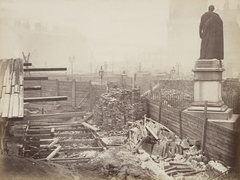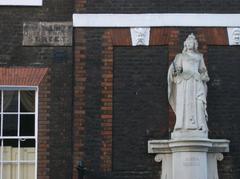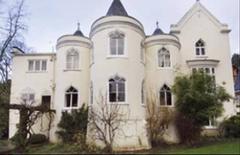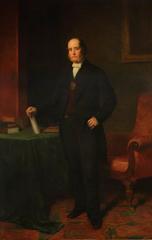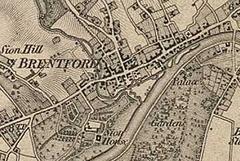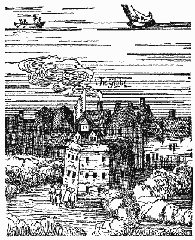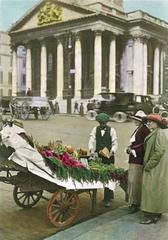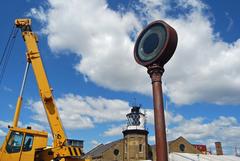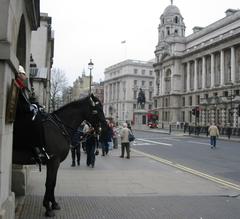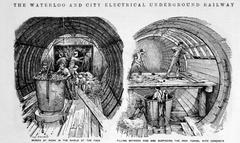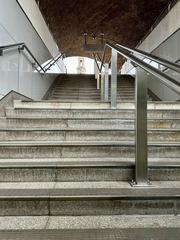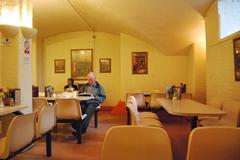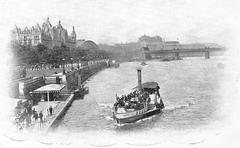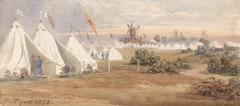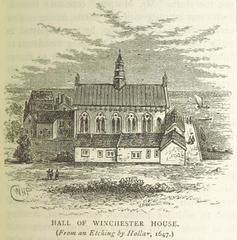Visiting Royal Botanic Gardens, Kew: Hours, Tickets, and Tips
Date: 17/07/2024
Introduction
Welcome to the Royal Botanic Gardens, Kew, a UNESCO World Heritage Site and one of London’s most iconic attractions. Spanning over 250 years, Kew Gardens is not only a sanctuary for plant lovers but also a world leader in botanical research and conservation. From its inception in the 18th century to its current status, Kew has been a pivotal institution in the study and preservation of plant diversity. This comprehensive guide will navigate you through its rich history, essential visitor information, and must-see attractions, ensuring a fulfilling visit whether you’re a first-time guest or a regular visitor.
Table of Contents
- [History of the Royal Botanic Gardens, Kew](#history-of-the-royal-botanic-gardens-kewhistory-of-the-royal-botanic-gardens-kew)
- [Early Beginnings](#early-beginningsearly-beginnings)
- [Expansion and Scientific Endeavors](#expansion-and-scientific-endeavorsexpansion-and-scientific-endeavors)
- [The 19th Century - A Period of Growth](#the-19th-century---a-period-of-growththe-19th-century---a-period-of-growth)
- [The Role of Kew in Plant Exploration](#the-role-of-kew-in-plant-explorationthe-role-of-kew-in-plant-exploration)
- [The 20th Century - Conservation and Research](#the-20th-century---conservation-and-researchthe-20th-century---conservation-and-research)
- [Visiting Kew Gardens](#visiting-kew-gardensvisiting-kew-gardens)
- [Visiting Hours and Tickets](#visiting-hours-and-ticketsvisiting-hours-and-tickets)
- [Guided Tours and Special Events](#guided-tours-and-special-eventsguided-tours-and-special-events)
- [Photographic Spots](#photographic-spotsphotographic-spots)
- [Architectural and Horticultural Landmarks](#architectural-and-horticultural-landmarksarchitectural-and-horticultural-landmarks)
- [Educational and Public Engagement](#educational-and-public-engagementeducational-and-public-engagement)
- [Global Impact and Future Directions](#global-impact-and-future-directionsglobal-impact-and-future-directions)
- [FAQ](#faqfaq)
- [Conclusion](#conclusionconclusion)
History of the Royal Botanic Gardens, Kew
Early Beginnings
The Royal Botanic Gardens, Kew, has a rich history that dates back to the early 18th century. The origins of Kew Gardens can be traced to the merging of two royal estates - the Richmond Estate, owned by King George II, and the Kew Estate, owned by Frederick, Prince of Wales. The initial development of the gardens began in 1759 under the direction of Princess Augusta, the mother of King George III. She established a nine-acre garden within the Kew Estate, which laid the foundation for what would become one of the world’s most renowned botanical gardens (Kew Gardens History).
Expansion and Scientific Endeavors
The transformation of Kew Gardens into a center for botanical research and education began in earnest during the reign of King George III. In 1772, Sir Joseph Banks, a prominent botanist who had accompanied Captain James Cook on his voyages, was appointed as the unofficial director of Kew Gardens. Banks played a crucial role in expanding the gardens’ plant collections by introducing numerous exotic species from around the world (Sir Joseph Banks).
The 19th Century - A Period of Growth
The 19th century marked a period of substantial growth and development for Kew Gardens. In 1840, the gardens were officially designated as a national botanical garden, and the government took over their management. This transition led to significant investments in infrastructure and scientific research. One of the most notable achievements of this era was the construction of the Palm House, a magnificent glasshouse designed by architect Decimus Burton and iron-founder Richard Turner. Completed in 1848, the Palm House remains an iconic symbol of Kew Gardens (Palm House).
The Role of Kew in Plant Exploration
Throughout the 19th and early 20th centuries, Kew Gardens played a pivotal role in plant exploration and the global exchange of botanical knowledge. Kew’s botanists and plant collectors embarked on expeditions to various parts of the world, including Africa, Asia, and the Americas, to collect plant specimens and seeds. These expeditions not only enriched Kew’s collections but also contributed to the understanding of plant diversity and the development of new agricultural crops (Plant Exploration).
The 20th Century - Conservation and Research
In the 20th century, Kew Gardens continued to evolve as a center for botanical research and conservation. The establishment of the Jodrell Laboratory in 1876 marked the beginning of Kew’s commitment to scientific research. Over the years, the laboratory has been at the forefront of plant science, conducting groundbreaking research in areas such as plant genetics, taxonomy, and conservation biology. Kew’s Millennium Seed Bank, established in 2000, is one of the world’s largest seed conservation projects, aiming to preserve the genetic diversity of plants for future generations (Millennium Seed Bank).
Visiting Kew Gardens
Visiting Hours and Tickets
Kew Gardens is open daily from 10:00 AM to 6:00 PM, with extended hours during the summer months. Ticket prices vary depending on the season and any special events taking place. General admission typically ranges from £13.50 to £18 for adults, with discounted rates for children, seniors, and students. It’s always a good idea to check the official Kew Gardens website for the most up-to-date information on opening hours and ticket prices.
Guided Tours and Special Events
Kew Gardens offers a variety of guided tours led by knowledgeable experts. These tours provide an in-depth look at the gardens’ history, plant collections, and architectural landmarks. Additionally, Kew hosts numerous special events throughout the year, including the annual Orchid Festival, Christmas at Kew, and seasonal exhibitions. These events offer unique opportunities to experience the gardens in different lights and themes.
Photographic Spots
Kew Gardens is a photographer’s paradise, with numerous picturesque spots perfect for capturing stunning images. Some must-visit locations include the Palm House, the Temperate House, the Princess of Wales Conservatory, and the Treetop Walkway. Each of these landmarks offers a unique backdrop, whether you’re interested in Victorian architecture, lush tropical plants, or panoramic views of the gardens.
Architectural and Horticultural Landmarks
Kew Gardens is home to several architectural and horticultural landmarks that reflect its rich history. The Temperate House, the largest Victorian glasshouse in the world, was reopened in 2018 after a major restoration project. This stunning structure houses a diverse collection of temperate plants from around the globe. Another notable landmark is the Princess of Wales Conservatory, opened in 1987, which features ten different climatic zones and showcases a wide variety of plants, from tropical rainforests to arid deserts (Temperate House, Princess of Wales Conservatory).
Educational and Public Engagement
Kew Gardens has a long-standing commitment to education and public engagement. The gardens offer a wide range of educational programs, workshops, and guided tours for visitors of all ages. The Kew Science Festival, held annually, provides an opportunity for the public to engage with scientists and learn about the latest research in plant science and conservation. Additionally, Kew’s extensive library and archives house a wealth of historical documents, botanical illustrations, and rare books, making it a valuable resource for scholars and researchers (Kew Science Festival).
Global Impact and Future Directions
Kew Gardens’ impact extends far beyond its physical boundaries. The institution collaborates with botanical gardens, research institutions, and conservation organizations worldwide to address global challenges such as climate change, biodiversity loss, and food security. Kew’s scientists are actively involved in projects aimed at conserving endangered plant species, restoring degraded ecosystems, and promoting sustainable agriculture. As Kew Gardens looks to the future, it remains dedicated to advancing botanical knowledge, conserving plant diversity, and inspiring a deeper appreciation for the natural world (Global Impact).
FAQ
- What are the visiting hours for Kew Gardens?
- Kew Gardens is open daily from 10:00 AM to 6:00 PM, with extended hours during the summer months.
- How much are tickets to Kew Gardens?
- General admission ranges from £13.50 to £18 for adults, with discounts for children, seniors, and students.
- Are there guided tours available?
- Yes, Kew Gardens offers a variety of guided tours led by knowledgeable experts.
- What are some must-see landmarks at Kew Gardens?
- Must-see landmarks include the Palm House, Temperate House, Princess of Wales Conservatory, and the Treetop Walkway.
Conclusion
The Royal Botanic Gardens, Kew, is a living testament to the beauty and diversity of the plant kingdom. From its historical beginnings to its current role as a leader in botanical research and conservation, Kew Gardens offers something for everyone. Whether you’re planning a visit, interested in the history, or eager to learn more about plant science, Kew Gardens is a destination that promises to educate, inspire, and delight.
For more information, visit the official Kew Gardens website, download the Audiala mobile app, or follow Kew Gardens on social media for updates on events and activities.


